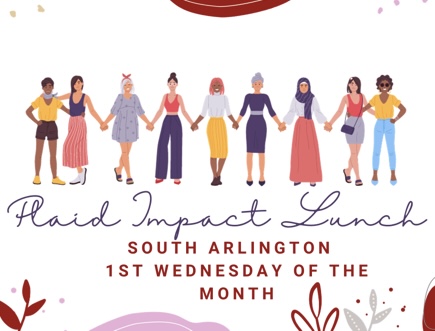The concept of a living wage has surfaced as a growing concern among my family, friends and associates. Across a broad spectrum of workers—hospital workers, master mechanics, social workers, educators, truck drivers, bank employees. The list never ends. So many looking for employment to meet personal needs.
I have a relative who is a prime example. He works at a state agency, helping people find “living wage” jobs. The sad irony is that he, himself—as a mid-level employee of the agency, is not paid a living wage. This hypocrisy is infuriating.
Investopedia defines living wage as: “a theoretical income level that allows individuals or families to afford adequate shelter, food, and other necessities. The goal of a living wage is to allow employees to earn enough income for a satisfactory standard of living and prevent them from falling into poverty.” But according to Google, 44% of U.S. workers—nearly half—are not earning a living wage.
Focus on Solutions
How did we get in this mess? What shifts in financial mindset and practices will reverse this appalling trend? Ignoring politics, banking and technology, I want focus on solutions in education, personal mindset and practices of the individual. While grasping current economic conditions and anticipating future developments is an exhausting and imprecise endeavor for most of us, I believe a key to clarity and understanding is to take a fresh glance back into the past and trace the changes that brought us here. History, as usual, holds valuable clues to explain the present and direct the future.
History Lesson
Looking back through decades, centuries, millennia of human existence, we find that the idea of sustaining life and avoiding poverty by working for wages is a relatively modern concept. Ancient writings in every culture across the globe consistently portray wage earners as a class of people who struggle to ward off poverty. People who did well may have worked a job, but their source of financial security came from elsewhere.
For example, there was a time when educated people knew that a bride was expected to have a dowry – property or other assets which she brought into the marriage. Even in cultures where women’s rights to own property or have a voice in government were restricted, rights to the wealth provided by her dowry were often protected. Rich and poor observed this practice, with the only difference being the size and value of the dowry. Then the groom came into the marriage with a family inheritance, which was to be invested to increase its value and passed on to future generations. The inheritance became the long-term legacy for the family. The groom then had a trade which would sustain his family during his working years. Whether rich or poor, an educated groom had an inheritance and a trade.
Today’s Contrast
By contrast, today, most families finances begin with just a job and debt from one or more school loans. We’ve created a system whereby even the educated, middle class begins family life at a deficit.
Whereas, the well-educated were formerly taught principles of financial literacy and legacy within the family, a notable shift has occurred. We’ve been lured away from the family culture and tethered to a new system of education and money. What brought about this shift? What factor or factors turned us into employees?
We all instinctively know the answers. The shift in everything was triggered by the industrial revolution of the early 19th century. The proliferation of industry created attractive jobs with wages that drew many away from the farms and family businesses and into cities and factories. Public school curricula shifted from education to preparation for that good job. Then World War II created a greater demand for women factory workers to replace the men who had gone off to fight. We became a society dependent on the employer for a salary, retirement savings, life insurance, medical insurance. And as long as companies were profitable and wages were high, many of us did well in this system.
Fast Forward
But fast forwarding to 2024 we find that companies are not as profitable, wages are suffering, the national debt is staggering, inflation is rising and all of us struggle to make ends meet. Can we find a way to step back into the past, redeploy the family focus and resurrect the entrepreneur spirit that will support and eventually replace the wage earner’s efforts? Establishing a stream of residual income – especially leveraged, residual income—seems to be the answer. But how does a weary, overworked wage earner find the time, energy or resources to launch a successful “side hustle”? Here’s the plan.
Step 1.
Face facts and recognize that for many there is no other viable option for escaping poverty. The living wage is a noble goal, but it’s a myth. Staying afloat economically will require families to think differently, ban together and develop a stream of income apart from employment wages.
Step 2.
Get into an environment that fosters the exploration of creative, entrepreneurial and investment efforts. Begin by deliberately developing relationships with people who are actively engaged in making residual income. Today we can tap into the global community and digitize individual assets and skills. We can build a brand around our personal values and create earnings to supplement or replace wages from an employer.
Step 3.
Invest in personal development skills like marketing, sales, technology, financial literacy and mindset.
The bad news is that we can no longer rely solely on an employer to meet our financial needs. But the good news is that the same technology, financial and social factors that created this debacle have also provided the tools we need to extricate ourselves from it and find wealth and freedom. Individuals and start-ups are now capable of doing things that only large, multinationals could do in the past.
The global small business with a strong personal brand is sweeping the planet. Are you ready to join this financial revolution? Stay tuned for more strategies as we move forward together.
Connect with Gail on her website or read more from her on Plaid.












